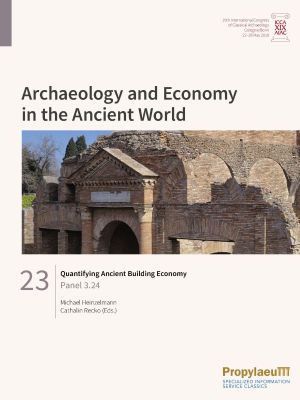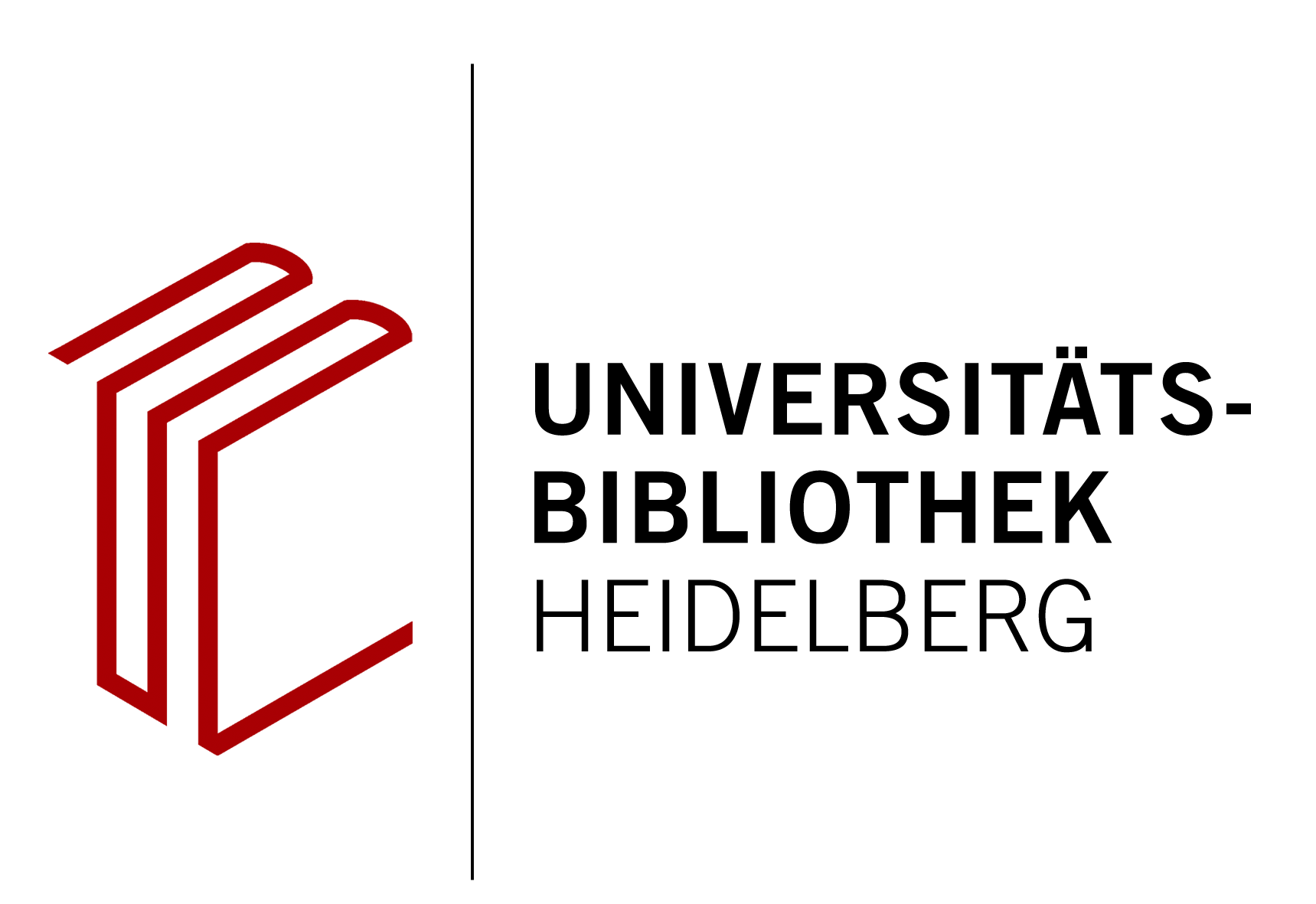
Zitationsvorschlag
Lizenz

Dieses Werk steht unter der Lizenz Creative Commons Namensnennung - Weitergabe unter gleichen Bedingungen 4.0 International.
Identifier
Veröffentlicht
Quantifying Ancient Building Economy
Panel 3.24
Die Forschung zu antiker Baugeschichte und Architektur hat sich in den letzten Jahren auf wirtschaftliche Aspekte der unterschiedlichen Bau- und Arbeitsprozesse fokussiert. In diesem Zuge können nicht nur einzelne Arbeitsschritte und Abläufe untersucht werden, sondern auch die Organisation einer Baustelle. Dafür werden Versuche unternommen, sowohl das Baumaterial als auch die benötigte Arbeitszeit zum Bau eines Gebäudes zu quantifizieren, um die Größenordnung sowie die gesamtwirtschaftlichen Auswirkungen zu erfassen.
Ziel dieses Bandes ist es, verschiedene Ansätze zur Untersuchung dieser Bauökonomie zusammenzubringen. Mit Hilfe der Methodik der Quantifizierung sowie detaillierter Studien zur Architektur werden die Bauwerke der hier gesammelten Fallstudien in Bezug auf ihre baulichen Charakteristika und die damit verbundenen wirtschaftlichen Implikationen beleuchtet. Zu diesen Bauwerken gehören Stadtmauern, Holzbauten, Thermen und Tempel. Der zeitliche Horizont der Beiträge erstreckt sich vom Messene des 4. Jh. v. Chr. bis hin zur Kaiserzeit und wird vervollständigt durch praxisorientierte Einblicke in Ingenieurshandbücher aus dem 19. Jh.






